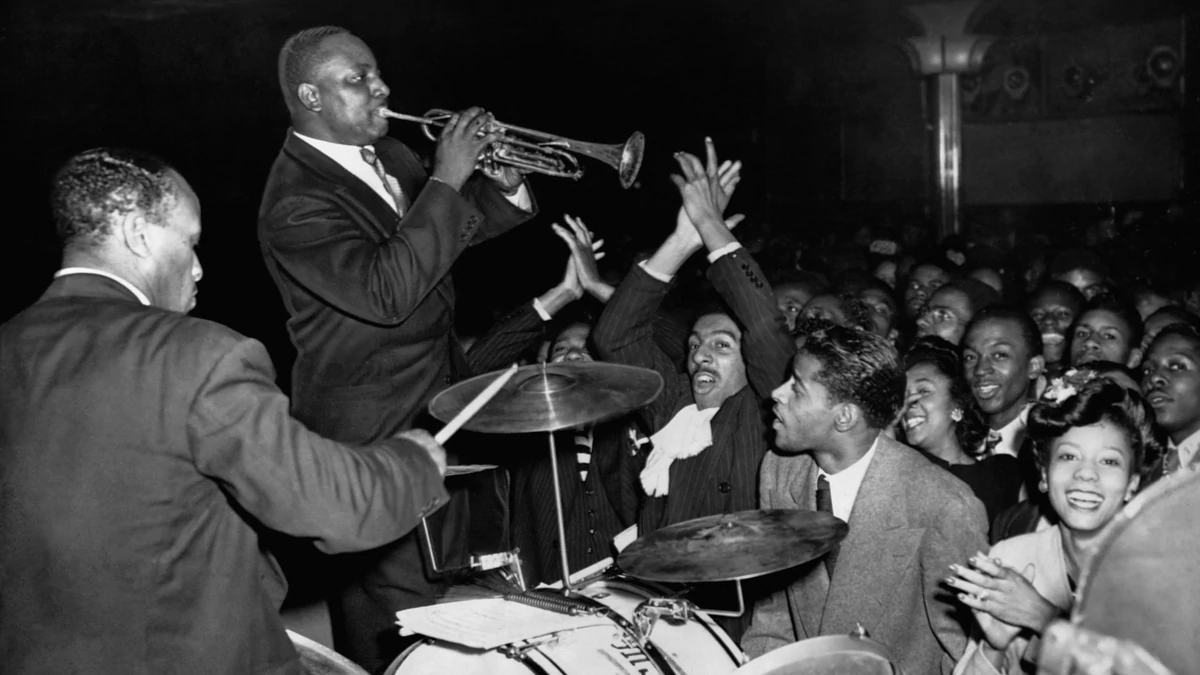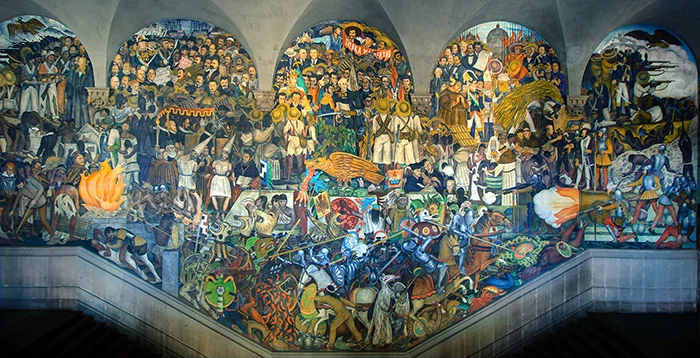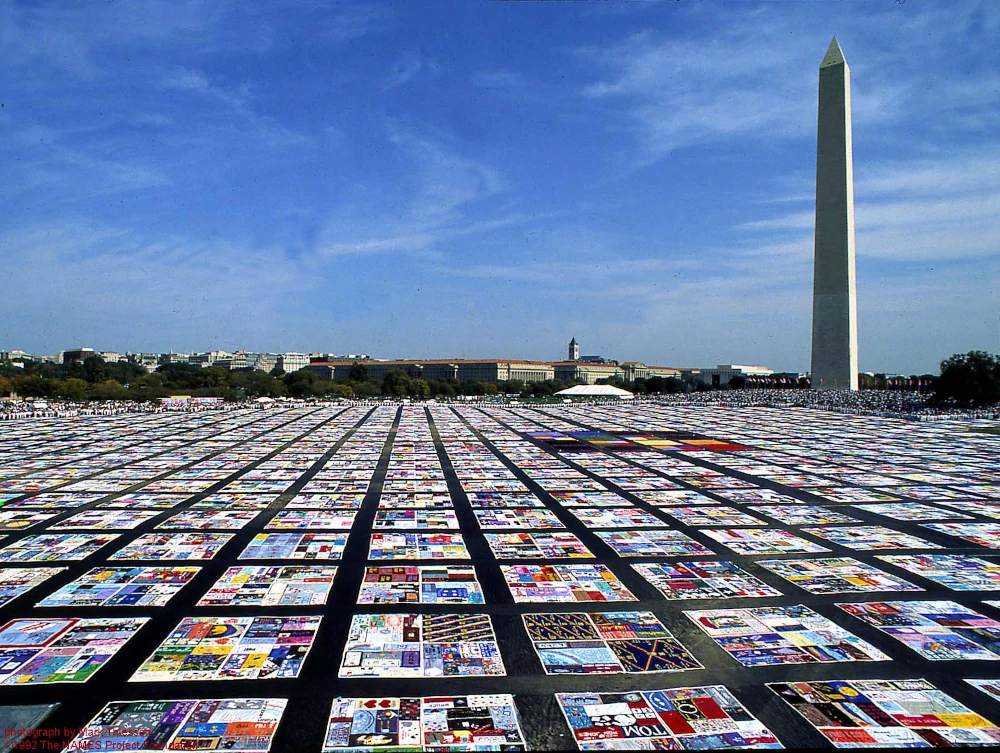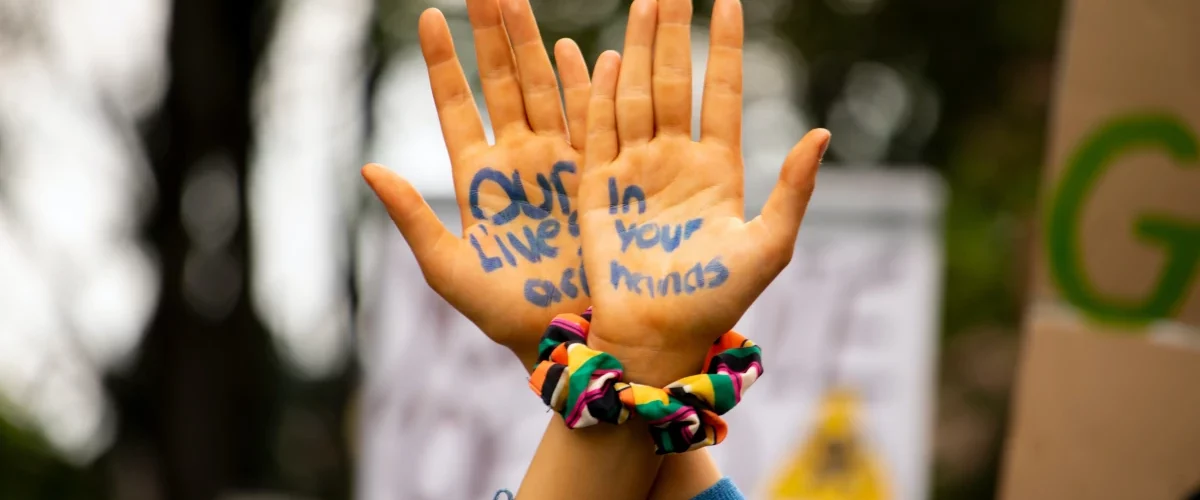Art has long served as a platform for expressing dissent, challenging the status quo, and igniting social change. Artists throughout history have harnessed the power of creativity to voice their concerns, advocate for justice, and inspire collective action. In this article, we will delve into the concept of art as protest, examining the role of artistic movements and activism in bringing attention to social issues, promoting dialogue, and challenging societal norms. We will explore notable examples of art as protest throughout different time periods and discuss the transformative impact that art can have on society.
The Power of Artistic Movements
Artistic movements have played a significant role in challenging prevailing ideologies and advocating for societal change. These movements are characterized by a collective effort among artists to use their creativity as a tool for protest and social commentary. They often emerge during times of political unrest. Moreover, social inequality, or cultural upheaval, reflecting the sentiments and aspirations of a generation.

One example of an influential artistic movement is the Harlem Renaissance. It flourished during the 1920s and 1930s in the United States. African American artists, writers, musicians, and intellectuals converged in Harlem, New York, using their creative talents to confront racial discrimination and celebrate African American culture. Through literature, visual art, music, and theater, they challenged prevailing stereotypes and demanded recognition and equal rights, leaving a lasting impact on American society.
Art as Political Commentary
Art has a unique ability to serve as a form of political commentary, shedding light on pressing social issues and critiquing systems of power. Political art often seeks to expose injustices, challenge oppressive regimes, and demand accountability. It can take various forms, including paintings, sculptures, murals, installations, and performance art.
The work of renowned Mexican artist Diego Rivera exemplifies art’s role in political commentary. Rivera’s large-scale murals vividly depicted scenes of social inequality, workers’ struggles, and political revolution. His murals, such as the iconic “Man at the Crossroads,” served as a visual indictment of oppressive systems. Moreover, they became powerful symbols of resistance and resilience. Now this Art of Protest is a popular tourist attraction in Mexico.

Art as Social Activism

Artistic activism combines artistic expression with social and political activism, utilizing creative strategies to advocate for change. It involves artists actively engaging with communities. Moreover, collaborating with grassroots organizations, and using their art as a catalyst for social transformation.
One notable example of artistic activism is the AIDS Memorial Quilt. The powerful visual tribute to those affected by the AIDS epidemic. Started in the 1980s, the quilt became a symbol of compassion, remembrance, and activism. Each quilt panel represented a life lost. Moreover, the collective display aimed to raise awareness, combat stigma, and advocate for better healthcare.
The Impact of Art as Protest
Art as protest has the potential to create meaningful and lasting change in society. By challenging dominant narratives, stimulating dialogue, and evoking emotional responses, art can inspire individuals to question the status quo and take action. It has the ability to humanize social issues, bridge divides, and foster empathy, ultimately shaping public opinion and influencing policy.
One contemporary example of art’s impact as protest is the Black Lives Matter movement. In response to systemic racism and police brutality, artists and activists have used various forms of art. All is for amplifying their voices and demand justice. Powerful murals, performances, and visual art have become rallying points for communities. Moreover, they are sparking conversations and mobilizing people to fight for racial equality.
Conclusion
Art as protest holds immense power in challenging societal norms, advocating for change, and inspiring social movements. Through artistic movements, political commentary, and social activism, artists have the ability to shine a light on pressing social issues, give voice to marginalized communities, and foster collective action. The transformative impact of art as protest can be seen throughout history and continues to shape our society today. By recognizing the power of art in promoting social change, we can embrace its potential to create a more just, inclusive, and compassionate world.
